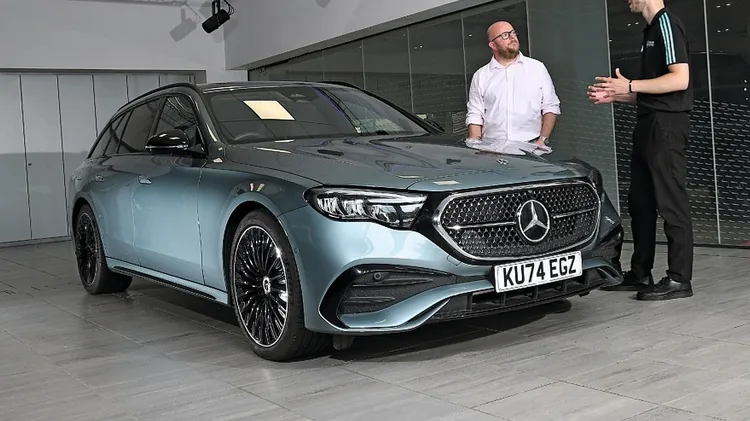The E-Class and 5 Series have reflected buyers’ wants and needs for almost
Supply and demand
7 min read
This article is from...
Read this article and 8000+ more magazines and newspapers on Readly






